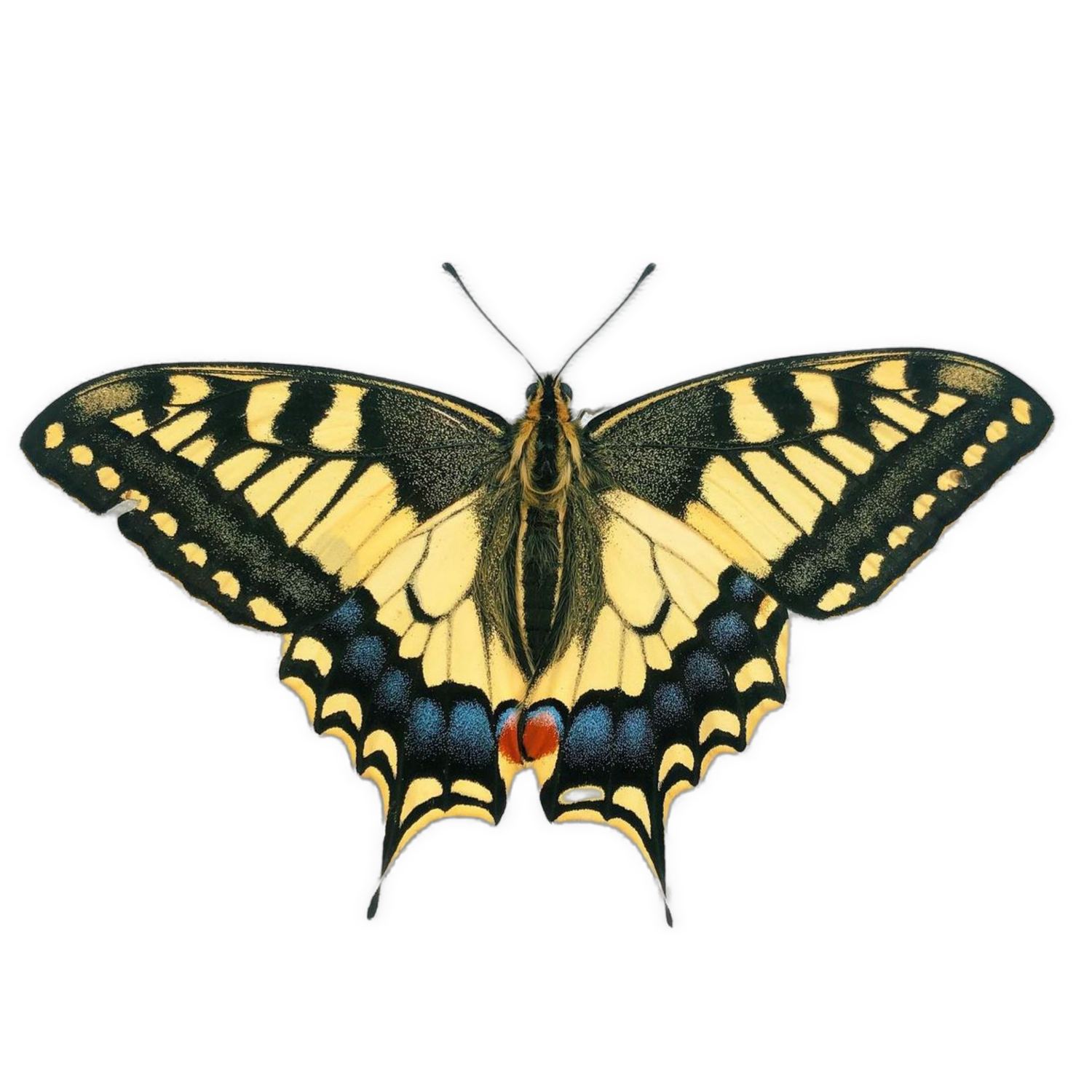Nymphalis antiopa EGGS
Nymphalis antiopa has more than one common name, known as the Camberwell Beauty in the UK and the Mourning Cloak in North America. This is a species which has captured the fascination of many enthusiasts due in large part to its rich maroon and cream/yellow wings, but also because of its scarcity in the UK - arriving here as a very rare migrant from Europe and Scandinavia during favourable summers. Every few decades there seems to be an influx with several sightings, the last major year being in 2006, however the larval stages (caterpillars) have never been observed here so it is unlikely they have ever reproduced in the wild in Britain. Due to this, livestock should not be released so as to not interfere with regional ecosystems or potential legitimate sightings. Butterflies lay eggs neatly in large batches on the stems of their host plants, which then feed communally after hatching - I have observed an entire Poplar tree in France being consumed by their striking red and black caterpillars! There is only one brood per year in Europe, meaning the adult butterflies are very long-lived, often surviving for the best part of a year to reproduce the following spring.
Difficulty - Rearing is easy (1/10); breeding can be tricky (7/10)
Host plants - Willow; Sallow; Birch; Elm; Poplar
Conditions - Room temperature or outside; keep caterpillars in dry and airy conditions
Lifecycle - Single brood annually with butterflies living for many months
Nymphalis antiopa has more than one common name, known as the Camberwell Beauty in the UK and the Mourning Cloak in North America. This is a species which has captured the fascination of many enthusiasts due in large part to its rich maroon and cream/yellow wings, but also because of its scarcity in the UK - arriving here as a very rare migrant from Europe and Scandinavia during favourable summers. Every few decades there seems to be an influx with several sightings, the last major year being in 2006, however the larval stages (caterpillars) have never been observed here so it is unlikely they have ever reproduced in the wild in Britain. Due to this, livestock should not be released so as to not interfere with regional ecosystems or potential legitimate sightings. Butterflies lay eggs neatly in large batches on the stems of their host plants, which then feed communally after hatching - I have observed an entire Poplar tree in France being consumed by their striking red and black caterpillars! There is only one brood per year in Europe, meaning the adult butterflies are very long-lived, often surviving for the best part of a year to reproduce the following spring.
Difficulty - Rearing is easy (1/10); breeding can be tricky (7/10)
Host plants - Willow; Sallow; Birch; Elm; Poplar
Conditions - Room temperature or outside; keep caterpillars in dry and airy conditions
Lifecycle - Single brood annually with butterflies living for many months
Nymphalis antiopa has more than one common name, known as the Camberwell Beauty in the UK and the Mourning Cloak in North America. This is a species which has captured the fascination of many enthusiasts due in large part to its rich maroon and cream/yellow wings, but also because of its scarcity in the UK - arriving here as a very rare migrant from Europe and Scandinavia during favourable summers. Every few decades there seems to be an influx with several sightings, the last major year being in 2006, however the larval stages (caterpillars) have never been observed here so it is unlikely they have ever reproduced in the wild in Britain. Due to this, livestock should not be released so as to not interfere with regional ecosystems or potential legitimate sightings. Butterflies lay eggs neatly in large batches on the stems of their host plants, which then feed communally after hatching - I have observed an entire Poplar tree in France being consumed by their striking red and black caterpillars! There is only one brood per year in Europe, meaning the adult butterflies are very long-lived, often surviving for the best part of a year to reproduce the following spring.
Difficulty - Rearing is easy (1/10); breeding can be tricky (7/10)
Host plants - Willow; Sallow; Birch; Elm; Poplar
Conditions - Room temperature or outside; keep caterpillars in dry and airy conditions
Lifecycle - Single brood annually with butterflies living for many months

